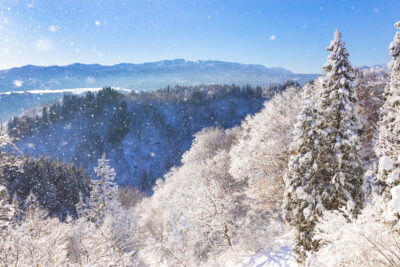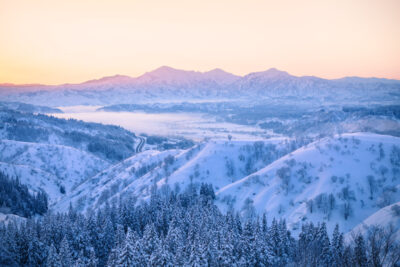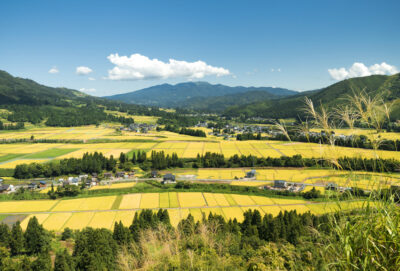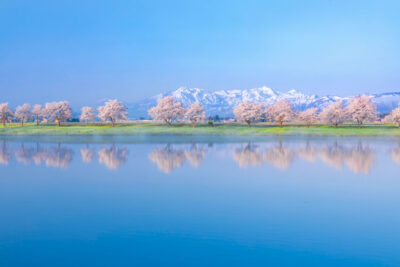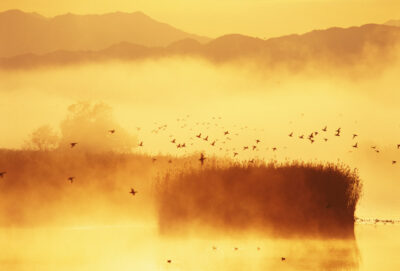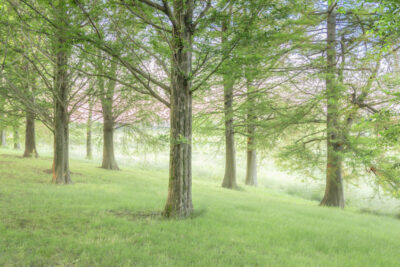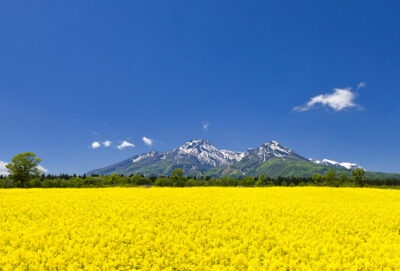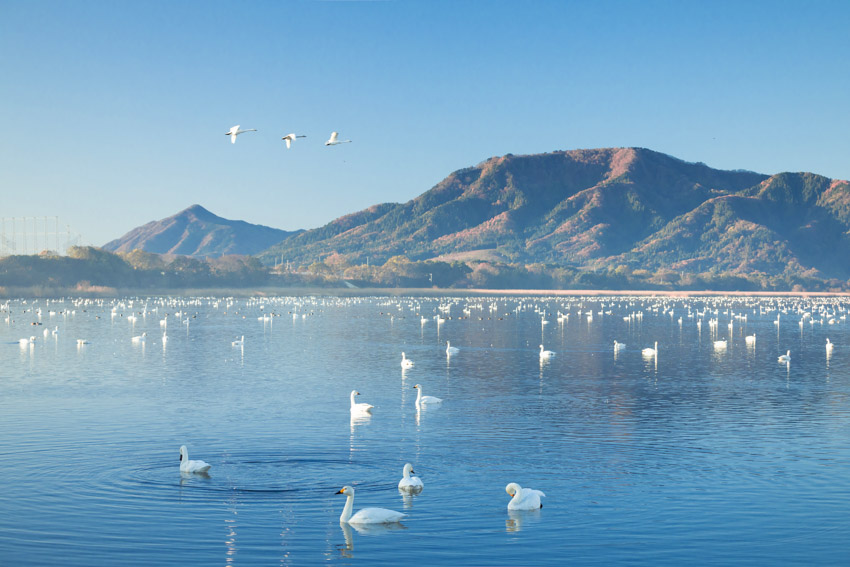
白鳥は餌場を求めて向かい風で離着陸します。飛行機が風向きで離着陸の位置を変えるのと同じ理屈です。この日は風がなかったせいで、飛び立つ場所を選びあぐねている白鳥たちが潟の広範囲に分散してくれました。ラムサール条約登録地の佐潟は同じ新潟市内にある福島潟や鳥屋野潟とともに、白鳥の越冬地の一つです。まだ紅葉の残る角田の山ひだに朝日が当たり、紅葉の名残も綺麗です。新潟県は佐潟をはじめとして、河川や潟、そして餌場となる田圃が多いせいか、コハクチョウを中心に日本国内では最も多い越冬数となっています。
Swans take off and land in headwinds in search of feeding grounds. It is the same logic as that of airplanes, which change their takeoff and landing positions depending on the wind direction. On this day, because there was no wind, the swans, which were having trouble choosing where to take off, dispersed over a wide area of the lagoon. The morning sun shone on the folds of Kakuda’s mountains, which were still covered with beautiful autumn leaves. Sagata, a Ramsar site, is also known as a wintering site for swans. Perhaps because Niigata Prefecture has many rivers, lagoons, and rice paddies as feeding grounds, including Sagata, the number of wintering swans, especially whooper swans, is the largest in Japan.
EOS5DMarkⅣ 70mm 1/320秒 f:6.3
©️photo by Nakamura Osamu
